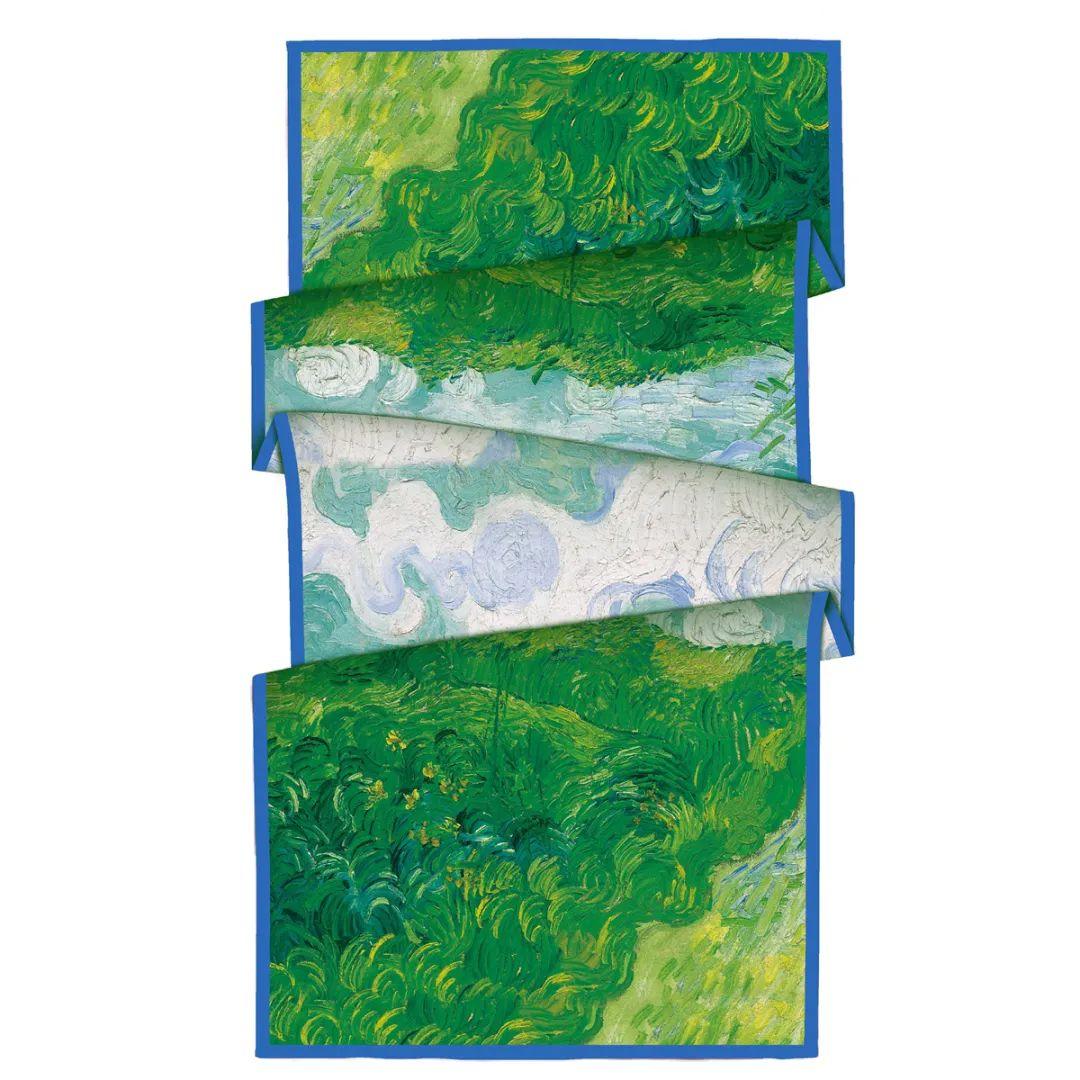The tradition of wearing the hijab is practiced in several countries in the Arab region. The hijab has deep historical and cultural significance in Arab culture
Between the vast deserts and the bustling cities, the Arabs have added a charming landscape to the world with their unique image of the hijab. This traditional head decoration is not only eye-catching, but also contains deep historical and cultural connotations. Today, let's unveil the mystery and explore the story behind the Arab headscarf.
The origin and evolution of the Arab hijab

Arab headscarf, also known as “Hijab”, its origin can be traced back to the 7th century AD. At that time, with the rise of Islam, Arabs began to wear the headscarf to show their loyalty to the faith. Since then, the hijab has not only become the traditional dress of the Arab nation, but also a symbol of Islamic culture.
In the long process of history, the style and material of the Arab hijab constantly evolving. From the earliest cotton, silk to the current blended, nylon and other materials, hijab color, texture and wear the way is also increasingly diversified. However, no matter how the form changes, the history and cultural connotations carried by the hijab remain the same.

It is also closely related to Islam and the geography of the Arabian Peninsula. The Arabian region is mostly a desert climate with strong sunlight and sandy winds, and the hijab is widely used as a practical tool for sun and sand protection. At the same time, the Islamic classic “Quran” also emphasizes that clothing should cover the shy body, reflecting the difference between men and women, so the headscarf has gradually become an important element of clothing in Arab culture.
Secondly, the types of Arab headscarves and the way of wearing them vary according to regions, tribes and personal preferences. For example, in Gulf countries such as Saudi Arabia, the UAE, Bahrain, and Kuwait, the traditional Arabian headscarf is commonly worn by males, while females may wear attire such as a hijab or a robe. In addition, the hijab may vary from region to region in terms of material, color, and pattern, reflecting local cultural traditions and aesthetic preferences.
Furthermore, with globalization, the Arab hijab has gradually become part of the fashion element. Many designers have integrated the Arab hijab into modern clothing design, creating fashion items that are both traditional and aesthetically pleasing. This trend has led to the spread and acceptance of the Arab hijab on a wider scale.


